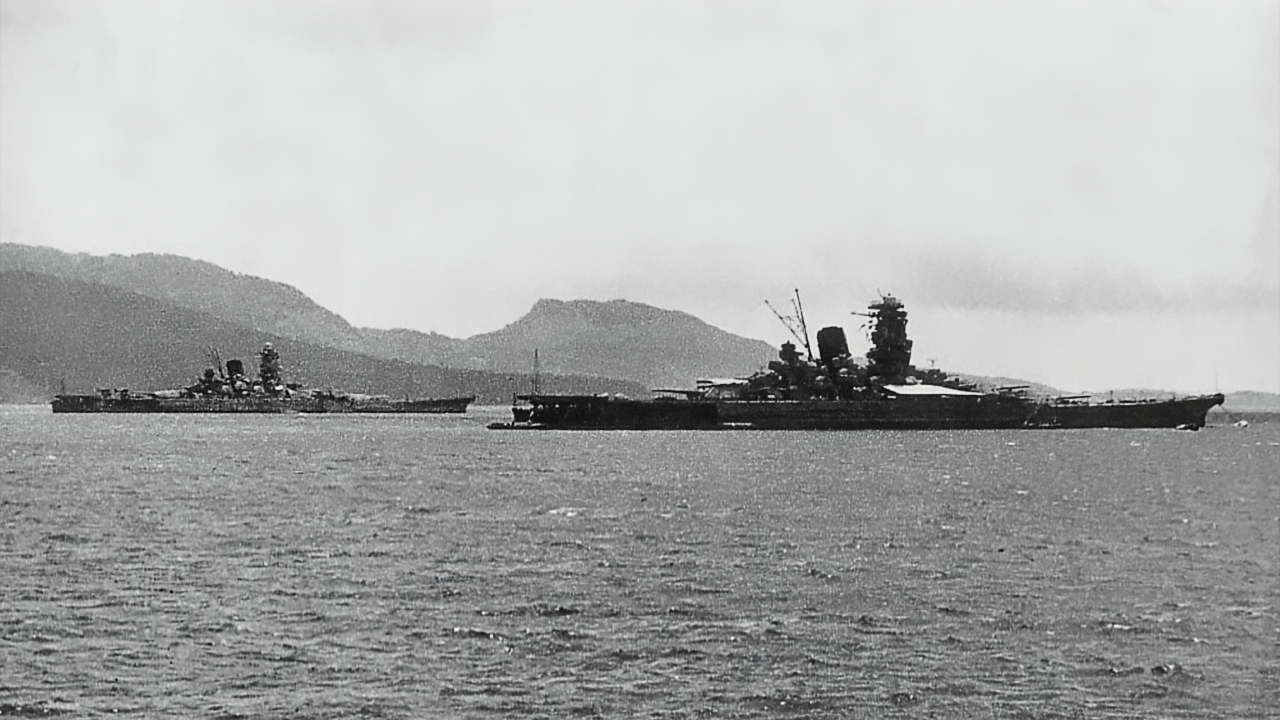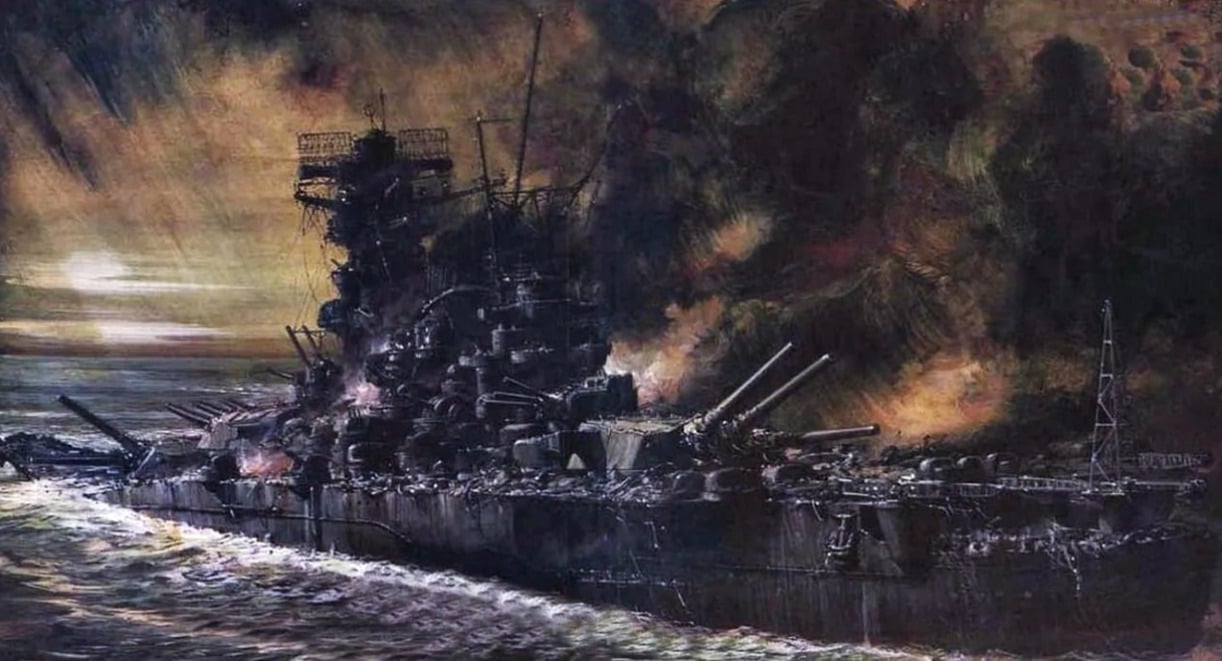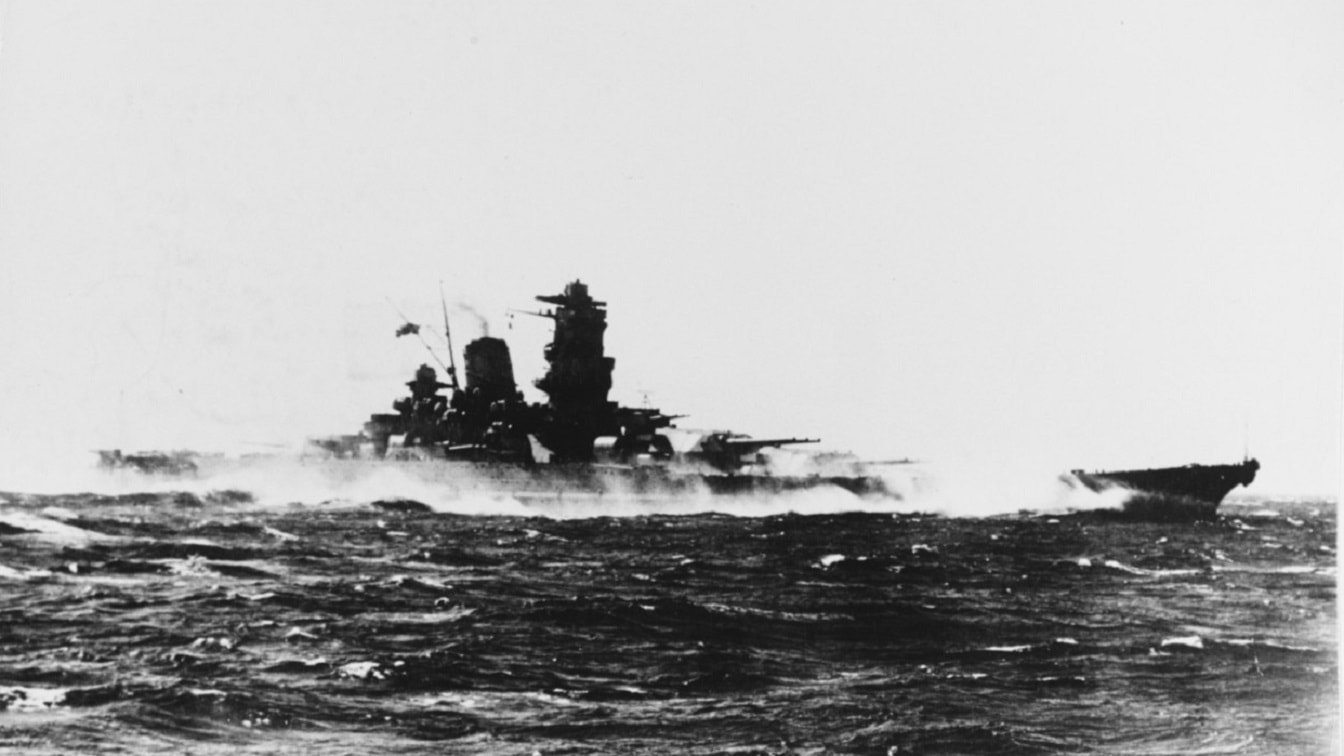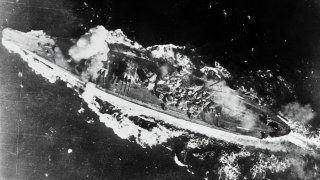What Was the Biggest Battleship Ever (HINT: Not Made in USA)?
The Yamato-class battleships, built by Imperial Japan in the late 1930s, were the largest and most heavily armed battleships ever constructed.
Summary and Key Points: The Yamato-class battleships, built by Imperial Japan in the late 1930s, were the largest and most heavily armed battleships ever constructed.

-Despite their impressive specifications, including massive 46 cm/45 caliber guns and extensive armor, all three ships in the class—Yamato, Musashi, and converted Shinano—were sunk during World War II.
-The Yamato was lost during Operation Ten-Go, Musashi during the Battle of the Sibuyan Sea, and Shinano, repurposed as an aircraft carrier, was sunk by a U.S. submarine.
-These losses highlighted the vulnerability of even the most formidable battleships to modern air and submarine warfare.
Yamato-Class: The Largest Battleships Ever Built
Imperial Japan’s efforts to establish hegemony in the Pacific relied on naval power. To compete on the open oceans and across the islands of the Pacific, the Imperial Japanese Navy spent the late 1930s developing a new battleship known as the Yamato class.
The Yamato class was in service from 1941 to 1945, thus beginning to sail when Japan was fully embroiled in open warfare with the Americans. The Yamato battleships were vulnerable to U.S. airpower and submarines, so they were often sheltered at naval bases throughout the Pacific. But even conservative use was not enough to spare the Yamato class; the U.S. Navy sank all three Yamato-class ships.
Yamato Specifications: The Biggest Battleships Ever Built
In the 1930s, after Japan had left the League of Nations and renounced various naval treaties with the U.S. and UK, the Japanese Navy began considering a few dozen battleship designs. The designs varied widely with respect to armament, propulsion, endurance, and armor. Gradually, planners settled on one design — a design for the largest battleship ever made to that point in history.
For armament, the Yamato class featured three 3-gun turrets mounting 46 cm/45 caliber Type 94 naval guns. At the time, these were the largest guns ever strapped to a warship. (Each measured about 70 feet long and weighed about 147 metric tons.) The guns could fire 3,220-pound armor-piercing shells at a range of 26 miles.

For secondary armament, the Yamato class featured 127 mm heavy and 25 mm light anti-aircraft guns. For heavy anti-aircraft defense, the class relied on a dozen 40-caliber 127 mm Type 89 dual-purpose guns in six double turrets.
In all, the Yamato class was impressively armed. It was also impressively armored.
The Yamato class was designed to engage with multiple enemy battleships simultaneously. Accordingly, the Yamato was built with heavy armor plating, what naval historian Mark Stille called “an unparalleled degree of protection in surface combat.” The primary armor strapped along the side of the Yamato vessels measured 16 inches thick. The lower belt of armor was still 8 inches thick. The armor surrounding the main turrets measured 26 inches thick. To guard against torpedoes, the Yamato class was built with multiple bulkheads, which used belt armor, plus several void spaces. The anti-torpedo system was meant to withstand a 400 kg TNT charge.
The Yamato class’ measurements were impressive, too. At the waterline, the class measured 840 feet long. The beam was 127 feet long. The displacement measured nearly 72,000 pounds with a full load. To propel the massive ships, four shafts and four steam turbines were used for a top speed of 27 knots and a range of 7,200 nautical miles.
The Fate of the Yamato-Class
The three completed Yamato-class ships (the Yamato, the Musashi, and the Shinano) were all sunk. The Yamato was used in a suicide-style mission as part of Operation Ten-Go in the Battle of Okinawa. The ship was destroyed en route, however, after taking 10 torpedo and seven bomb hits from hundreds of U.S. carrier-launched aircraft.
The Yamato’s sinking killed 2.498 of her 2.700 sailors.

The Musashi was destroyed during the Battle of the Sibuyan Sea after taking 17 bomb and 19 torpedo hits. Its sinking killed 1,023 of the Musashi’s 2,399 sailors.
The Shinano, which was repurposed as an aircraft carrier mid-build, sank after taking four torpedo hits from the USS Archerfish submarine. The Shinano’s damage was manageable, but poor flooding control caused the vessel to sink. To this day, the Shinano is the largest ship ever sunk by a submarine. The Shinano’s sinking killed 1,435 of her 2,400 sailors.
About the Author
Harrison Kass is the Senior Editor with over 1,000 articles published on various defense issues. An attorney, pilot, guitarist, and minor pro hockey player, Harrison joined the US Air Force as a Pilot Trainee but was medically discharged. Harrison holds a BA from Lake Forest College, a JD from the University of Oregon, and an MA from New York University. Harrison listens to Dokken.
Image Credit: Creative Commons/Shutterstock.


